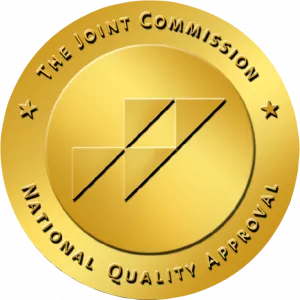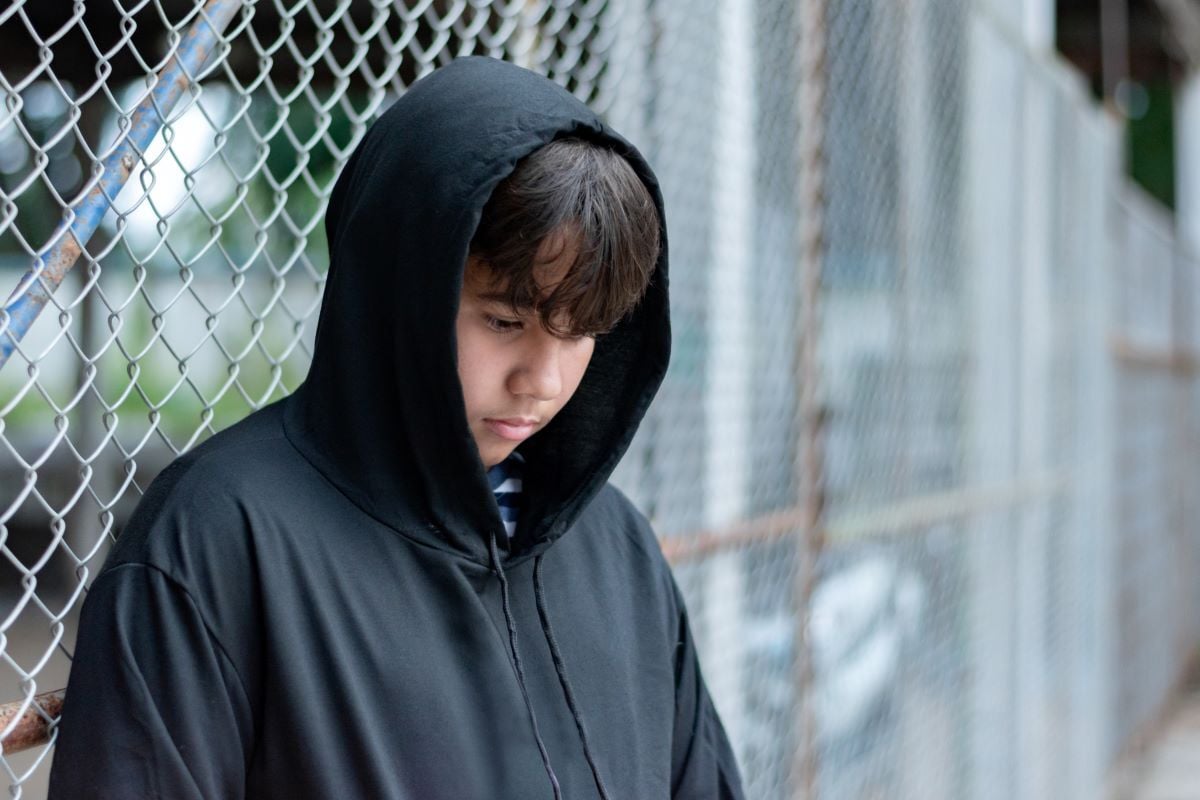You may wonder, “What is feening?” The term "feening" has become a widely recognized slang expression both on the street and online. The feening meaning refers to intense cravings, particularly in the context of drug use. Derived from the word "fiend," which historically referred to someone addicted to a substance, "feening" describes the overwhelming urge or desperation that individuals experience when they are in need of their next fix. That intense craving can be referred to as fiending or feening. This feeling can manifest as physical pain, restlessness, anxiety, or compulsive behavior, often pushing individuals to extreme measures to satisfy their addiction.
Understanding the concept of "feening" is crucial in recognizing the emotional and physical grip that substance abuse can have on a person. Whether it stems from withdrawal symptoms or psychological dependence, this craving can be a powerful driving force behind addiction.
If you or a loved one are struggling with addiction and often feen for drugs, reach out to us at Avenues Recovery so we can guide you on your road to recovery.
Physical Signs and Symptoms of Feening for Drugs
Here are some physical signs of feening for drugs:
- Restlessness and jitters are common, making it difficult to sit still, often accompanied by sweating, chills, and clammy skin.
- Changes in pupil size - either dilation or constriction—can be another telltale sign.
- Muscle aches and cramping are also common, similar to flu-like symptoms, along with an elevated heart rate and high blood pressure.
- Nausea and vomiting are particularly common during withdrawal, especially from opioids.
- Sleep disturbances, such as insomnia or constant tossing and turning, may also occur.
- Appetite changes can also occur, with some people experiencing extreme hunger while others completely lose their desire to eat.
Psychological Signs and Symptoms of Feening for Drugs
Here are some psychological effects of feening for drugs:
- Intense cravings dominate the mind, leading to obsessive thoughts about obtaining and using the drug. This often results in mood swings, irritability, and agitation.
- Depression and feelings of hopelessness are also prevalent, sometimes reaching the point of suicidal thoughts.
- Paranoia and hallucinations can also occur.
- Cognitive ability may suffer as well, leading to poor concentration, forgetfulness, and mental fog.
Where Does the Term Feening Come From?
The term "feening" comes from the word "fiend," which originally referred to a person obsessed with something, particularly in an unhealthy or excessive way. Over time, in urban slang, "fiend" became associated with drug addiction, referring to someone who is desperately craving a substance. This evolved into the verb "feening," which describes the intense, uncontrollable urge to use drugs.
The term became widely recognized in hip-hop culture and street slang, especially in the 1980s and 1990s, when the crack epidemic was at its peak. Rappers and musicians often used "fiend" or "feening" in their lyrics to describe addiction and the desperation it causes. While the word is still heavily associated with drug use, it has also been adapted to describe any obsessive craving, such as "feening" for attention, food, or even a particular experience.
What Causes Feening?
Feening for drugs is caused by a combination of physical dependence, psychological addiction, and environmental triggers. When a person repeatedly uses a drug, their body and brain begin to rely on it to function normally. Over time, this leads to tolerance, meaning they need larger doses to achieve the same effects. When the drug is no longer available, withdrawal symptoms set in, causing intense cravings, or "feening." These physical symptoms, such as sweating, shaking, and nausea, reinforce the need to use again to avoid discomfort.
Beyond physical dependence, mental addiction plays a major role in feening. Drugs create feelings of euphoria, relaxation, and confidence.
This pleasurable experience leads to compulsive drug-seeking behavior, even when a person knows it is harmful. Environmental and emotional triggers—such as stress, trauma, or being around people who use drugs—can also spark cravings, making it even harder to resist the urge. The combination of physical withdrawal, mental obsession, and external influences makes feening a powerful force in addiction.
When Does Feening Begin?
The onset of these cravings depends on the specific substance or habit. For fast-acting drugs like nicotine, heroin, or cocaine, cravings can begin within hours of the last use, while longer-acting substances such as methamphetamine or extended-release opioids may trigger cravings within a day or two. Alcohol cravings often start within hours to a day, particularly in individuals who drink frequently. The brain's reward system plays a significant role in these urges, as it becomes conditioned to seek out the substance or behavior that previously provided pleasure or relief.
Risks and Effects of Feening for Drugs
The risks and effects of feening for drugs can be significant, both physically and psychologically. When a person experiences cravings, their brain's reward system becomes highly activated, often leading to intense urges to obtain and use the substance. This can result in dangerous behaviors, such as risky drug-seeking activities, engaging in illegal activities, or neglecting personal responsibilities and relationships. Prolonged feening can contribute to the development of physical dependence and addiction, where the individual’s ability to function without the substance becomes impaired. This can lead to a vicious cycle of repeated use, escalating the need for higher doses and increasing the risk of overdose.
The effects of feening also extend to your mental and emotional well-being. Cravings can cause anxiety, irritability, mood swings, and even depression. The emotional distress from feening may also contribute to relapse in those who are attempting recovery. In severe cases, the psychological toll of constant craving can lead to significant impairments in daily functioning, making it difficult to maintain relationships, hold down a job, or engage in normal social activities. The combination of physical withdrawal symptoms and emotional strain makes the process of overcoming addiction particularly challenging, often requiring a combination of professional treatment, support groups, and behavioral therapy.
How to Manage Drug Cravings
Managing drug cravings can be hard, but with the right strategies, it is possible to lower their intensity and prevent relapse. One of the most effective methods is through behavioral therapy. Cognitive-behavioral therapy (CBT) helps individuals identify and change negative thought patterns that contribute to cravings. By learning coping mechanisms and building new habits, people can better manage their desire for substances. In many cases, professional treatment programs, including inpatient or outpatient rehabilitation, offer structured support and guidance to help individuals work through cravings in a controlled environment.
In addition to therapy, mindfulness and relaxation techniques can be powerful tools for managing cravings. These activities help calm the mind and body:
- Deep breathing
- Meditation
- Exercise
Staying active can help to distract yourself from cravings and improve overall mental health. Support from others is crucial as well. Joining a support group, such as Narcotics Anonymous or seeking the help of family and friends, provides accountability and emotional support. Building a strong social network of individuals who understand the struggles of addiction can make it easier to stay on track during difficult moments.
Treatment for Addiction
Treating addiction typically involves a comprehensive approach that addresses the physical, psychological, and social aspects of the condition. Here are some common treatments for addiction:
- Detoxification: The first step is often detox, where the body is cleansed of the addictive substance. This is typically done under medical supervision, especially for substances like alcohol or opioids, where withdrawal symptoms can be severe.
- Behavioral Therapy: Cognitive-behavioral therapy (CBT) and other forms of therapy (like dialectical behavior therapy or contingency management) help individuals understand their triggers, manage cravings, and change harmful behaviors associated with addiction.
- Medications: For some types of addiction, medications are prescribed to manage withdrawal symptoms or cravings. For example, methadone or buprenorphine for opioid addiction, or disulfiram and naltrexone for alcohol addiction.
- Support Groups: Programs like Alcoholics Anonymous (AA), Narcotics Anonymous (NA), or other 12-step programs provide ongoing support, helping individuals share experiences and encourage each other in their recovery journey.
- Drug Treatment: Rehab treatment like the programs available at Avenues Recovery, offers a structured, supportive environment where individuals can focus on their recovery without distractions. It often includes therapy, detox, and group sessions.
- Outpatient Treatment: Outpatient treatment, which is also available at Avenues, allows individuals to live at home while attending therapy and support groups. It’s less intensive than residential treatment but can still be highly effective for many.
- Holistic Therapies: These therapies may include mindfulness, yoga, acupuncture, and nutritional counseling. They aim to support overall well-being and help individuals manage stress and cravings in healthy ways.
- Family Therapy: Addiction often affects the family as well, so family therapy can help improve relationships, rebuild trust, and teach healthy communication and coping skills.
If you or a loved one suffers from abuse and find yourself feening often, reach out to our experts at Avenues Recovery so we can guide you on your road to recovery. Our highly specialized and professional team have helped over 40,000 individuals change their lives, and they can help you too. Contact us today to join our warm and caring recovery community and to begin your journey towards the sober future you deserve.



